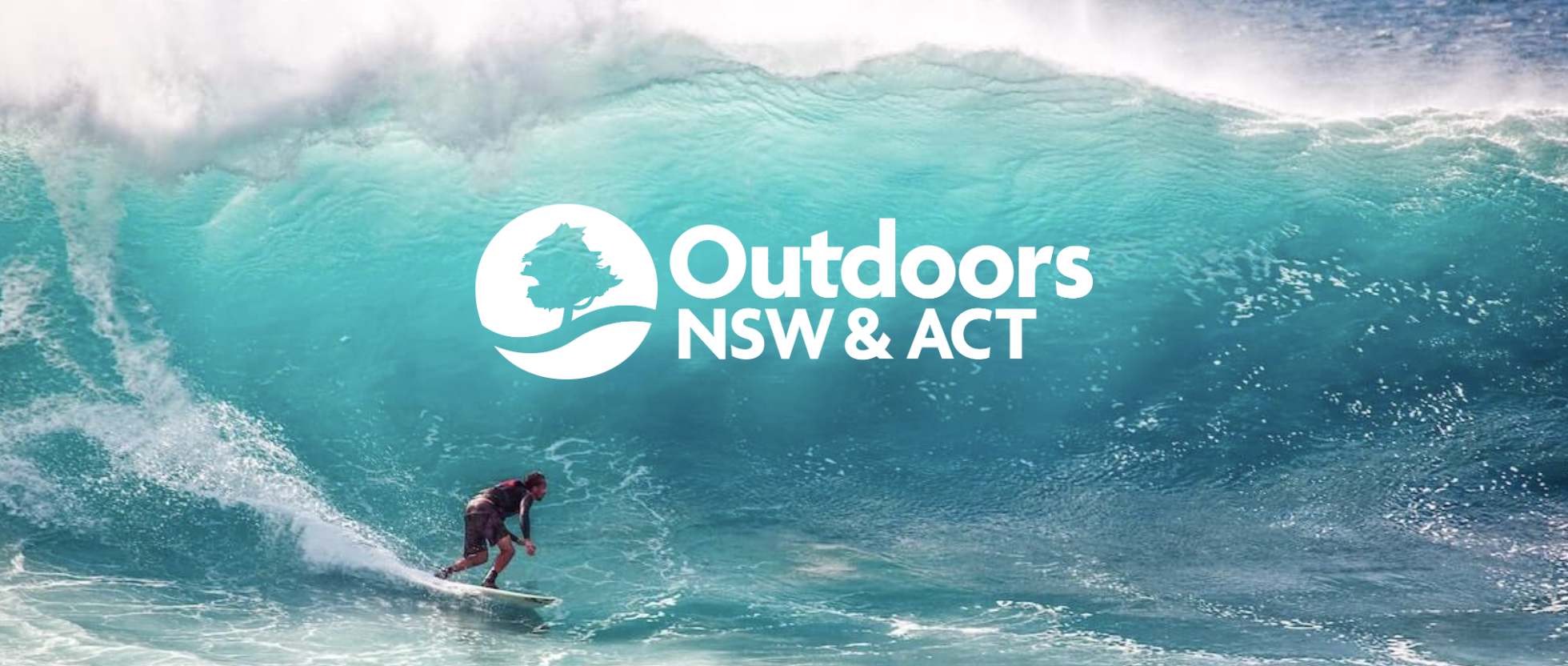Lightning Safety Has Changed!
- Outdoors NSW & ACT

- Aug 30, 2022
- 3 min read
Updated: Sep 12, 2022
The Risk Management & Incident Response Sub-Committee of Outdoors NSW & ACT has again reviewed the Severe Weather Guidance Note, which is a national tool for the Outdoor Industry. Following some research on overseas practices and some change in thinking that has resulted, the sub-committee is recommending some changes to the document put to the Outdoor Council of Australia for inclusion.
WHS legislation imposes very specific responsibilities on our members to do all that is ‘reasonably practicable’ to provide the highest level of protection from hazards and risks arising from their activities.
The purpose of providing this advice is to provide members with updated thinking regarding lightning safety and links to the references that framed this thinking.
Ultimately it is up to members to undertake a comprehensive risk assessment on all activities and to develop their own appropriate risk management and emergency plans.
Information on the recommended changes is as below;
Lightning Safety (Section 4.3 of the Severe Weather Guidance Note)
Thunder is the sound caused by the electrical discharge of lightning, hence all thunderstorms, no matter their level of intensity, will have lightning which has the potential to cause death and injury to participants who remain outdoors during the thunderstorm.
The Bureau of Meteorology does not issue warnings for thunderstorms that do not reach the level of intensity to be classified as Severe (see 4.2.1 Severe Thunderstorm Warning).
Therefore, when developing Lightning Safety plans Outdoors NSW & ACT encourages members to adopt and promote the following three lightning safety principles and slogans taught by the US National Weather Service, for all work and recreational outdoor activities.1,2
1. "NO place outside is safe when thunderstorms are in the area!”
2. "When thunder roars, go indoors!"
3. ‘Half an hour since thunder roars, now it is safe to go outdoors.’
Outdoors NSW & ACT recommends members follow the recommendations of the following documents when developing their Lightning Policy or Lighting Risk Management Plan.
Further references sourced included;
NT Work Safe safety alert. “Risk of lightning strikes to outdoor workers”, November 30, 2021, <https://worksafe.nt.gov.au/forms-and-resources/safety-alerts/risk-of-lightning-strikes-to-outdoor-workers> (accessed 12/5/2022).
National Athletic Trainers' Association Position Statement: Lightning Safety for Athletics and Recreation. Journal of Athletic Training, 48(2): 258–270. March-April 2013. <https://www.ncbi.nlm.nih.gov/pmc/articles/PMC3600929/> (accessed 12/5/2022).
Due to the evidence and reasoning outlined in the listed references, Outdoors NSW & ACT withdraws its support for the teaching of the 30-30 Rule 3,4 and the Lightning Crouch position 2,5,6,7,8 as the lightning risk reduction methods. Please undertake your own due diligence if you wish to continue using these strategies.
Lightning Safety References:
US Department of Commerce, NOAA, National Weather Service. Lightning Safety for You and Your Family. August 24, 2018. <https://www.weather.gov/media/safety/Lightning-Brochure18.pdf> (accessed 27/12/2021)
Roeder, W. P. Backcountry Lightning Risk Reduction— Lightning Crouch Versus Standing With Feet Together. 23rd Int. Light. Meteorol. Conf. 2014, 17. <https://www.vaisala.com/sites/default/files/documents/Roeder-Backcountry%20Risk%20Reduction%20Crouch%20vs%20Standing-2014-ILDC-ILMC.pdf>
US Department of Commerce, NOAA, National Weather Service. Lightning Safety Awareness Week <https://www.weather.gov/iln/lightningsafetyweek> (accessed 27/12/2021).
Roeder, W. P. Lessons Learned In Communicating Lightning Safety Effectively. 22nd International Lightning Meteorology Conference April 2012. <https://www.researchgate.net/publication/277719469> (accessed 27/12/2021)
US Department of Commerce, NOAA, National Weather Service. The National Weather Service (NWS) stopped recommending the crouch in 2008. <https://www.weather.gov/safety/lightning-crouch> (accessed 27/12/2021).
US Department of Commerce, NOAA, National Weather Service. 5 striking facts versus myths about lightning you should know <https://www.noaa.gov/stories/5-striking-facts-versus-myths-about-lightning-you-should-know> (accessed 27/12/2021).
US Department of Commerce, NOAA, National Weather Service. Lightning Myths and Facts <https://www.weather.gov/safety/lightning-myths> (accessed 27/12/2021).
Roeder, W. P. Last Minute Outdoor Lightning Risk Reduction— A Method To Estimate Its Effectiveness And Comments On Its Utility In Public Education. 2009, 10. <https://www.researchgate.net/publication/237458371_LAST_MINUTE_OUTDOOR_LIGHTNING_RISK_REDUCTION_A_METHOD_TO_ESTIMATE_ITS_EFFECTIVENESS_AND_COMMENTS_ON_ITS_UTILITY_IN_PUBLIC_EDUCATION> (accessed 27/12/2021).

.png)


Comments